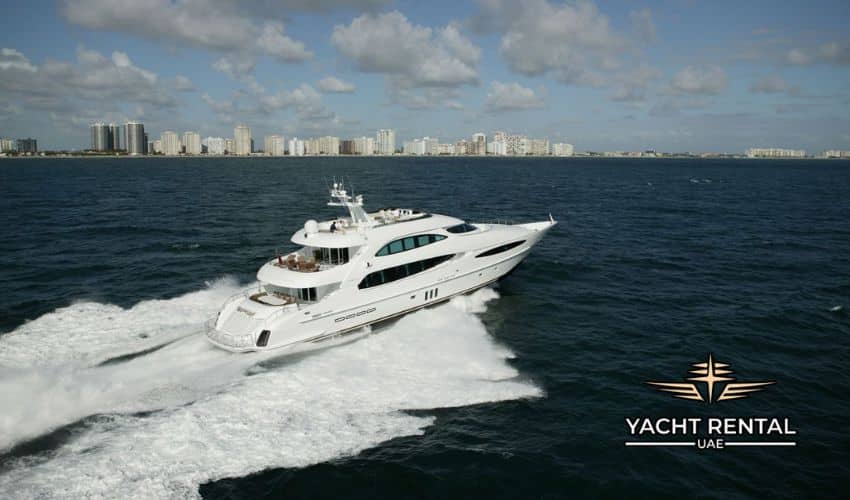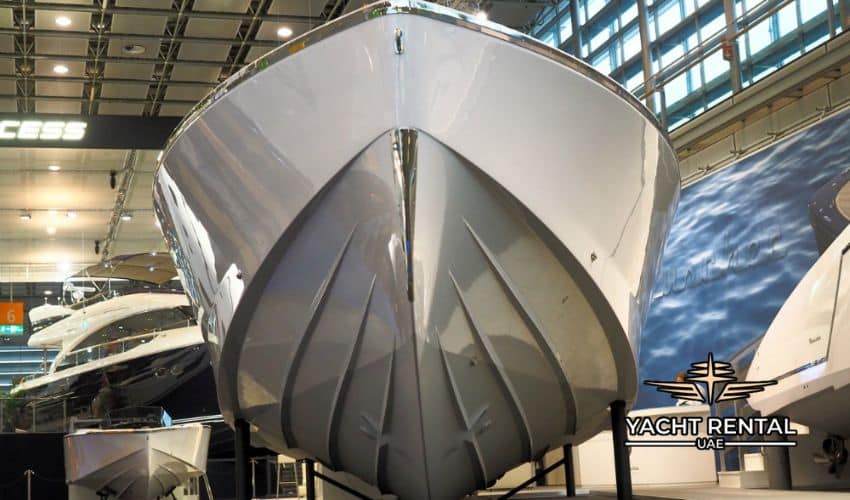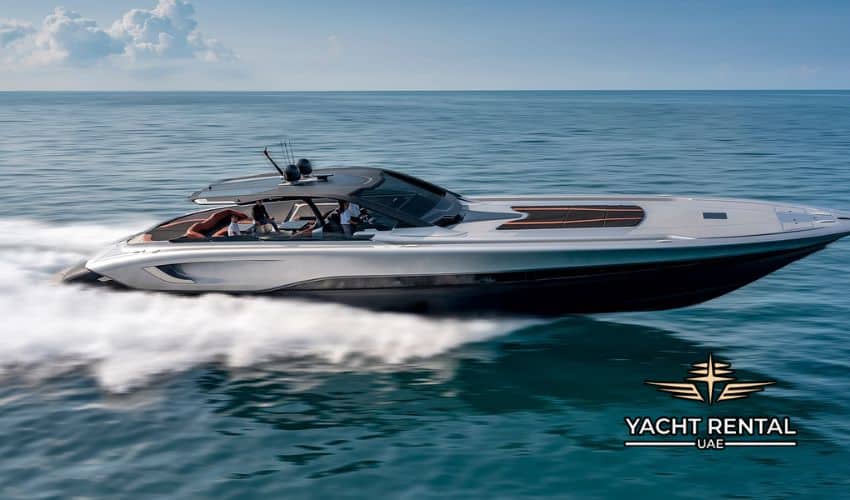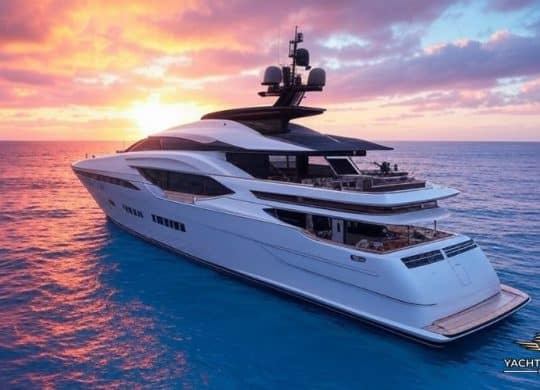How Fast Are Yachts?
Yachts differ in speed based on size, length, and type. For instance, a mega yacht or sports boat has over 30 MPH of speed. Deck boats and cruisers have an average 23 MPH speed. Sailboats and pontoons have 10 MPH average speeds. Here is a quick overview of how fast a yacht goes and the different speeds of various yacht types.
| Yacht Type | Size Range | Average Speed (mph) |
| Sailing Yacht | 20 to 100+ feet | 4.5 to 10 |
| Motor Yacht | 35 to 200+ feet | 23 |
| Catamaran | 30 to 80+ feet | 6.9 to 8 |
| Trawler Yacht | 40 to 100+ feet | 11 to 13 |
| Expedition Yacht | 70 to 400+ feet | 13 to 15 |
| Flybridge Yacht | 50 to 150+ feet | 31 to 35 |
| Sports Fisher Yacht | 30 to 70+ feet | 34 to 38 |
Top 10 Fastest Yachts

| Yacht Name | Speed (knots) |
| Foners | 70.1 |
| World Is Not Enough | 67 |
| Gentry Eagle | 63 |
| Brave Challenger | 60 |
| Galeocerdo | 60 |
| Ermis | 57 |
| Why Not | 55 |
| Daloli | 54 |
| Moon Goddess | 53 |
Factors Affecting Yacht Speed
The following factors affect the speed of a yacht:
- Design and hull type
- Boat length
- Wind conditions
- Sail balance
Design and Hull Type

The design of a yacht affects its speed. A sleek, streamlined design reduces water resistance. It allows the yacht to move quickly and efficiently through the water. The shape of the hull is also an important factor. For instance, planning hulls are flatter and are on top of the water at high speeds. These hulls are usually found in motor yachts.
Besides, displacement hulls are common in sailing yachts. These hulls move through the water instead of moving on the top. So, this slightly reduces the speed but ensures better efficiency. Multihulls offer a balance of stability and speeds in catamarans and trimarans.
Boat Length
Generally, longer yachts have higher speeds due to increased waterline length. It directly affects the potential hull speed. Similarly, a longer yacht has better stability due to uniform weight distribution.
It can accommodate larger engines, such as motor yachts, or longer sailing plans for sailing boats. Keep in mind factors like power and weight must align with the length for a yacht’s optimal performance. These factors also affect how far a yacht can travel.
Wind Conditions
Wins affect the speed of a yacht, especially for sailing vessels. Although tailwinds increase speed, headwinds reduce speed. On the other hand, crosswinds require expertise and skillful sail trimming but can provide faster speeds when handled properly.
The strength of the wind also affects how much power is available to run a yacht. For example, strong winds can impact speed and fuel efficiency for motor yachts, even if not relied upon for propulsion.
Sail Balance
Proper sail balance is essential for increasing speed, particularly for sailing yachts. When you have the correct sail trim, the sail’s shape will be adjusted to capture wind efficiently. It is important to balance the force between mainsails and foresails to maintain control and reduce drag. A proper sail selection can optimize power and lower the heel, thus increasing the speed of a boat.
Final Words About the Speed of a Yacht
A yacht’s speed varies based on design, hull type, boat length, wind conditions, and sail balance. Sleek designs and longer waterlines contribute to higher speeds, while wind direction impacts sailing vessels. Proper sail trimming and balance optimize efficiency, ensuring an enjoyable and swift yachting experience.




